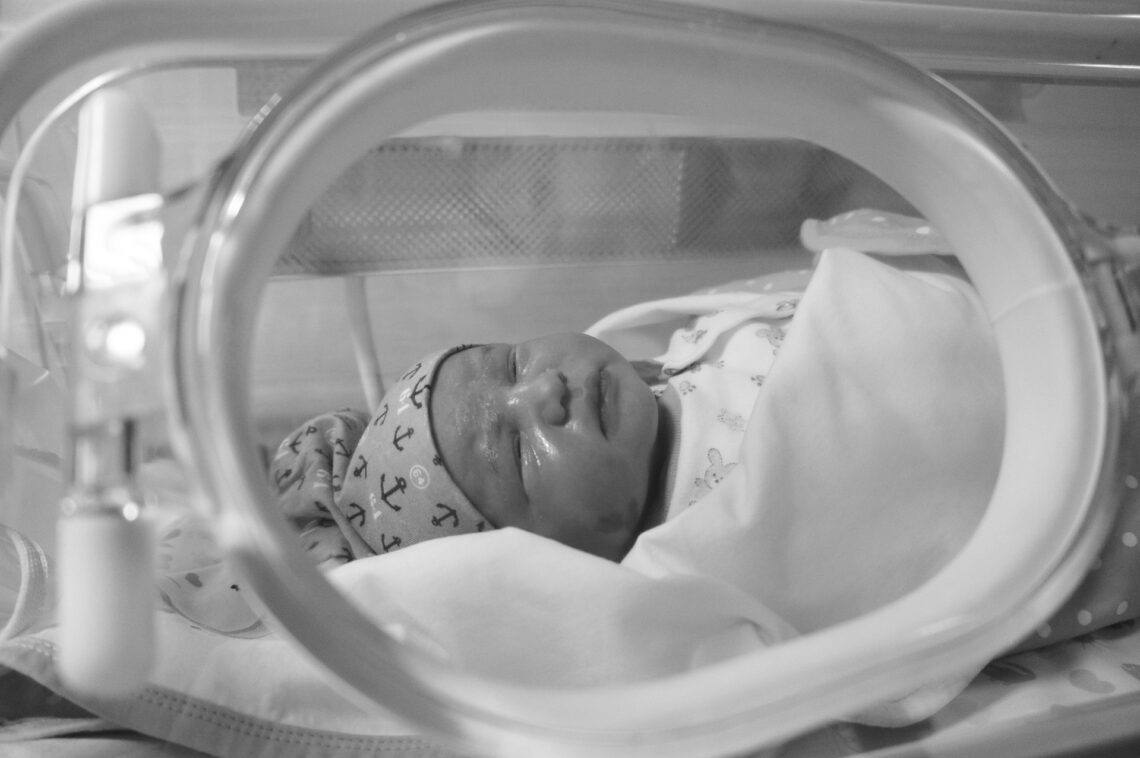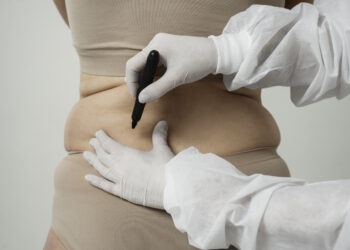Babies born through cesarean section often miss out on the beneficial bacteria present in the mother’s birth canal. A method called “vaginal seeding” can potentially enhance their microbiome development. However, the safety and effectiveness of this process is still being debated.
The process hasn’t earned doctors’ approval yet. A new study suggest that “vaginal seeding” could potentially be a safe and beneficial intervention to improve infant neurodevelopment and restore the gut microbiota in C-section-delivered infants. However, more research is required to get a better understanding of the long-term effects. The findings of the study were published in the journal Cell Host and Microbe.
What is “Vaginal Seeding”?
To instill disease-fighting properties in babies, the mother’s vaginal fluid is smeared on the newborn with the help of a cotton swab to recreate the scenario of them being born through the vaginal canal. The practice, alternatively known as micro birthing, can make your baby sick and therefore isn’t typically recommended by doctors.
Experts believe that when babies are born vaginally, they are exposed to beneficial bacteria from their mother’s birth canal. This exposure plays a crucial part in the baby’s gut microbiome development. But babied delivered through c-section are mostly deprived of the beneficial bacteria, which could put them at a higher risk of immune disorders like asthma and allergies in children, according to the Americal College of Obstetricians and Gynecologists (ACOG).
A study conducted in 2018 couldn’t find any concrete evidence supporting the advantages of vaginal seeding. When it comes to babies, those born through the vaginal route and those delivered via C-section have distinct gut bacteria. However, it is not clear whether it’s the act of vaginal birth itself or the specific types of bacteria that play the crucial role.
There are many other factors that affect the gut bacteria development such as the mother’s age, exposure to…
Read the full article here








